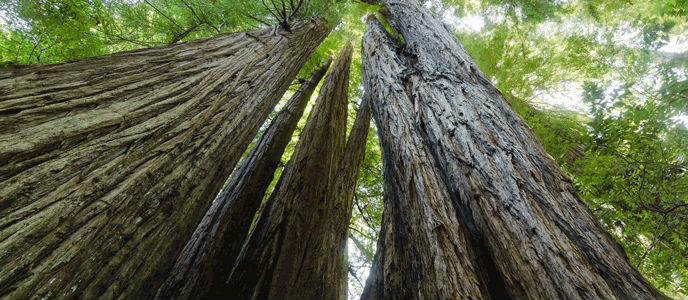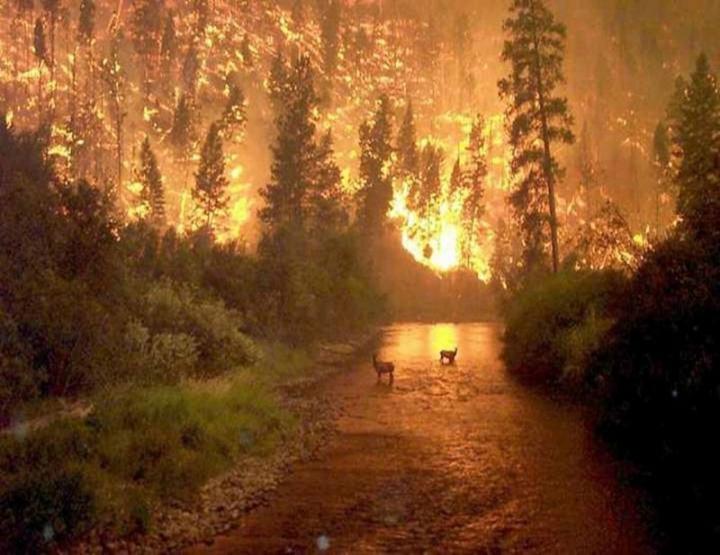Have you read the latest science news? “Jays and crows act as ecosystem engineers”? These birds are helping oaks and pines—Christmas trees—weather changing climate.
Pretty good for a bunch of birdbrains!
The secret to these little engineers’ success is that they like to eat seeds. Like squirrels, they collect and hoard acorns and pine nuts in a number of scattered hoards. Since they hoard more than they eat, some of these seeds sprout and form new trees.
This helps the trees survive. If a major fire, flood or drought has killed an oak or pine grove, the seeds that the crows or jays carried to a different environment give the trees a new start.
This has proven so important to the trees’ survival that their seeds have adapted to become even yummier bird food. The seeds have grown large and tasty, with chemicals to stop rotting, which makes them safe to store for a future snack.
Meet the ecosystem engineers!
Europeans have been aware of this relationship for centuries and encourage jays to settle in their groves. They have been invaluable for protecting hardwoods as human settlements fragment the continent’s forests.

Many mighty forests started off as scattered bird food! Source: National Park Service
In the Western US, where ravens were regarded as cultural heroes, scientists are rediscovering how the birds protect the health of Ponderosa and Piñon pines by scattering seeds and keeping isolated populations from getting too inbred. In the East, blue jays have been shown to be key in helping forests recover from wide-spread fires. As repeated droughts and wildfires have hit US and Canadian forests, the role of these birds has grown increasingly important.

Blue Jays are key to helping Eastern forests recover from forest fires. Sources: NOAA and National Wildlife Service
As reported in Science Daily, Dr. Mario Pesendorfer and his team showed that our feathered friends deserve their title of ecosystem engineers as their greedy little habits help preserve the world’s forests.
So, the next time you hear a crow caw or a jay chattering its head off, remember, they have something to “crow about.”
